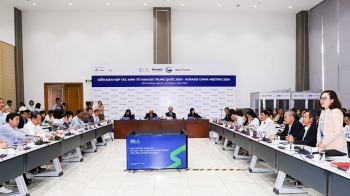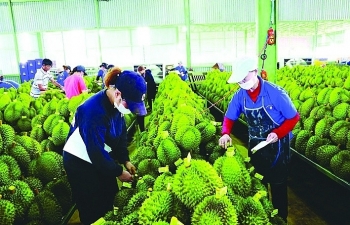In order to not miss the 4.0 industry revolution
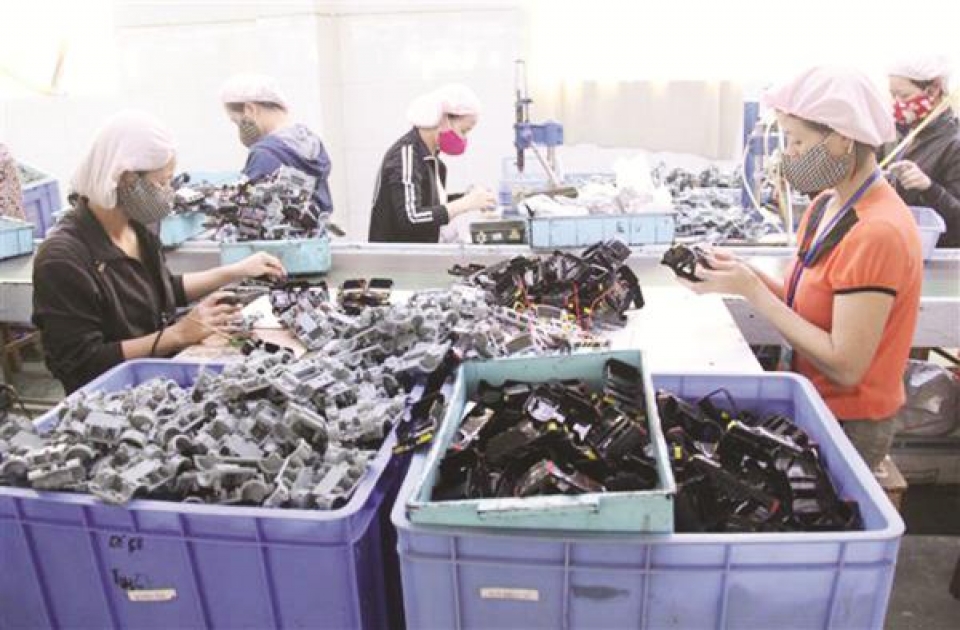 |
Digital factory is obsession for the labor-intensive sector
The textile and garment will disappear in the next 10 years, 86% of Vietnamese garment workers will be unemployed ... that is a picture that many textile and garment enterprises vaguely see in the near future when the 4.0 industrial revolution is coming. The fear of the textile and garment sectors using labors the most is clear. Because of this, the industry 4.0 with new technologies such as artificial intelligence, robots, internet of things ... facilitates the creation of "smart factories" or "digital factories" that make the labors of the textile and garment sector face with difficulties. Accordingly, the advantage of cheap labor will gradually disappear when machinery will replace a lot of human work.
Nguyen Thi Thanh Huyen, General Director of Garment Corporation 10 admitted that the 4.0 industrial revolution will bring many opportunities for the developing countries like Vietnam. However, it is predicted that 86% of workers in the garment as well as the leather and footwear industries will be unemployed because of the competitiveness of machinery. "If there is a difference that machines can not replace man, we will win," she said Huyen.
Not only in labor-intensive industries, the 4.0 industrial revolution predicted will impact on every sector not only the economy but also society. Many Vietnamese companies are now approaching the 4.0 revolutionary industry at the level of inquiry, so Hoang Manh Tan, Deputy Director General of Son Ha Group, said: "We missed the first three revolutions, do we miss the 4.0 revolution? "
According to Tan, most of Vietnam's industrial production is basically raw and highly processed; There is no added value for the economy; The export industry is still low or raw materials - processing (such as textiles and footwear) should always be under pressure and competition; There are not many products with high intellectual content and creative elements; There is a lack of basic technology such as processing technology and supporting industries, so the cost of producing a finished product in Vietnam is higher than that of many countries in the region. China has lower production costs than Vietnam due to the assessment of technology and large-scale production. Therefore, Vietnamese enterprises can only export if the partner does not buy from China, "Tan said.
Nguyen Phu Cuong, head of the Science and Technology Department (Ministry of Industry and Trade), sees the biggest obstacle for Vietnamese enterprises before the 4.0 revolution is old technology and backwardness. If Vietnam wants to "digitize" the technology, it must also be very hard and Vietnam takes much time, effort and cost. "If we fail to catch up with the pace of development of the world and the region, Vietnam will face with challenges and negative impacts such as backwardness of technology, a decline of production and business; Excessive skilled labor and low level of skill break the traditional labor market ... "Cuong said. On the other hand, he emphasized the potential for the emergence of backward technologies from developed countries to developing and underdeveloped countries, including Vietnam.
Action instead of expectation
It can be seen that both positive and negative impacts from the 4.0 industrial revolution are inevitable, Vietnamese enterprises must act to maximize the challenge meanwhile taking advantage of opportunities, in other words. They do not miss the industry revolution 4.0.
Mr. Ngoc Ngoc Trinh, General Director of Ho Guom Group, said that the revolution 4.0 for Vietnamese enterprises is only starting and approaching. Particularly for textile companies, the replacement of machine for a human is not possible in the next 10 years, but the products will, in turn, be replaced by artificial intelligence or by the robot to produce products in the future. "However, in that time, Vietnamese enterprises need to prepare certain financial resources to be able to replace cheap labor. The enterprises must be well prepared to enter the market and compete with other enterprises, "said Trinh.
On behalf of his business, Mr. Cai Hong Thu, Deputy General Director of Vietnam Cement Industry Corporation (VICEM) shared, in order to maintain competency and competitive advantage, VICEM always determined that the need for catching up the Industrial revolution 4.0 is to base on the advanced technology platform of existing plants, combining inheritance and adjustment of design to acquire intelligent plants which have the ability to change products rapidly. In addition, the businesses need to change the perceptions and choices of customers and partners when applying new technologies, especially considering the training of human resources right now.
Of course, the experts also said that do not over expectations 4.0, it will change everything in Vietnam. This is not only true for Vietnam but for all other countries, not just for an enterprise but for all businesses. Therefore, the view of the industrial revolution 4.0 is to know how to be assessed so as to make the rightest decision that is suitable for the ability of finance of every country as well as every business. if we focus on expecting too much without analyzing carefully, it will be very dangerous. Each country or each enterprise which does not have good preparation and has big expectations will certainly receive defeat.
Related News
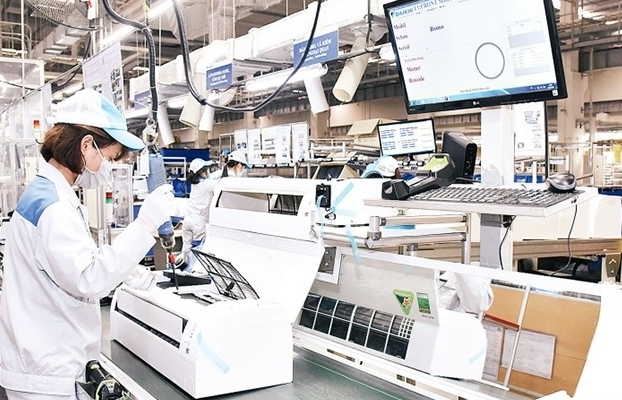
The supporting industry needs high-tech human resources
00:00 | 22/10/2023 Import-Export

Semiconductor industry needs 50,000 high-quality workforce in next 10 years
15:51 | 18/10/2023 Import-Export
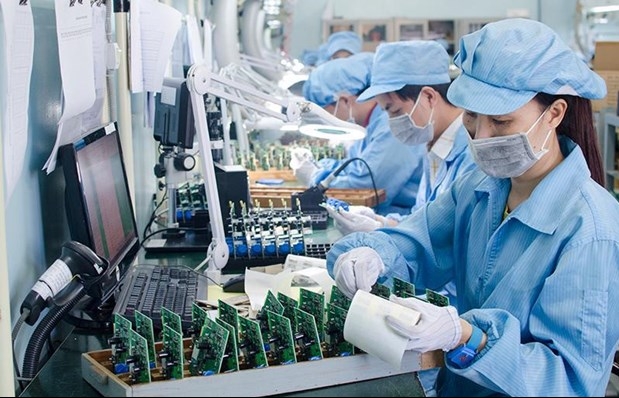
Vietnam making new moves in multibillion-dollar semiconductor industry
14:13 | 13/10/2023 Import-Export
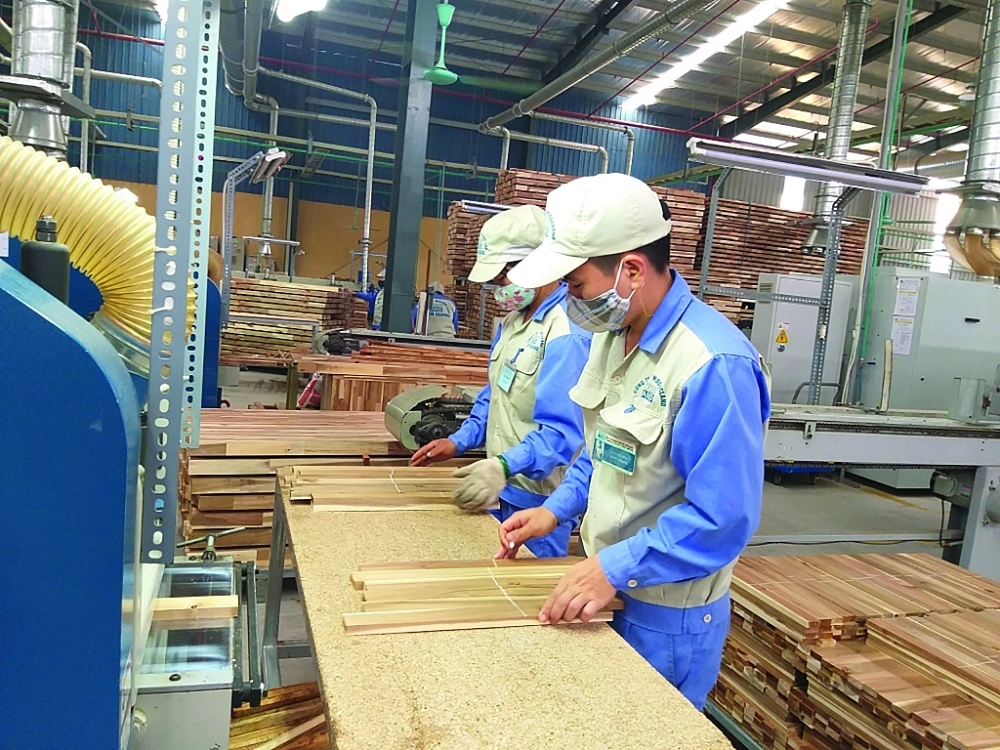
The market is shifting, forcing the industry to speed up to adapt
07:49 | 03/10/2023 Import-Export
Latest News
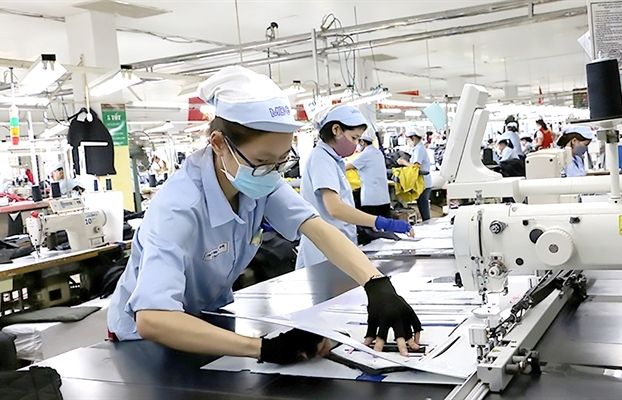
An Giang Province to turn textile-garment, footwear into key export items
14:48 | 09/05/2024 Import-Export

“Hopeful stars" for businesses on the new journey
09:51 | 09/05/2024 Import-Export
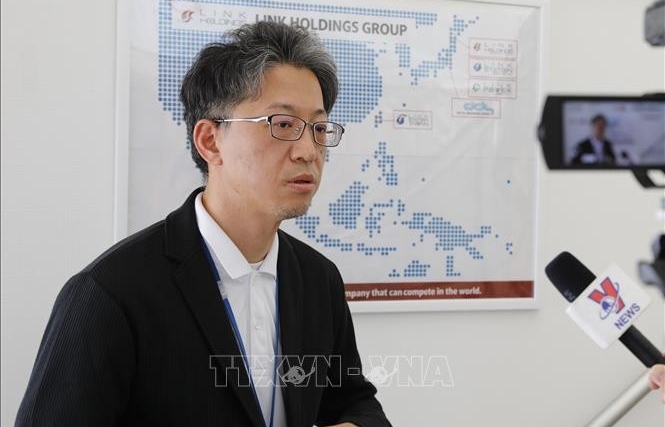
Vietnam remains attractive destinations for Japanese IT firms
15:42 | 08/05/2024 Import-Export

Pepper exports decrease in volume, increase in value
15:38 | 08/05/2024 Import-Export
More News

Open credit flow to support import and export
09:30 | 08/05/2024 Import-Export
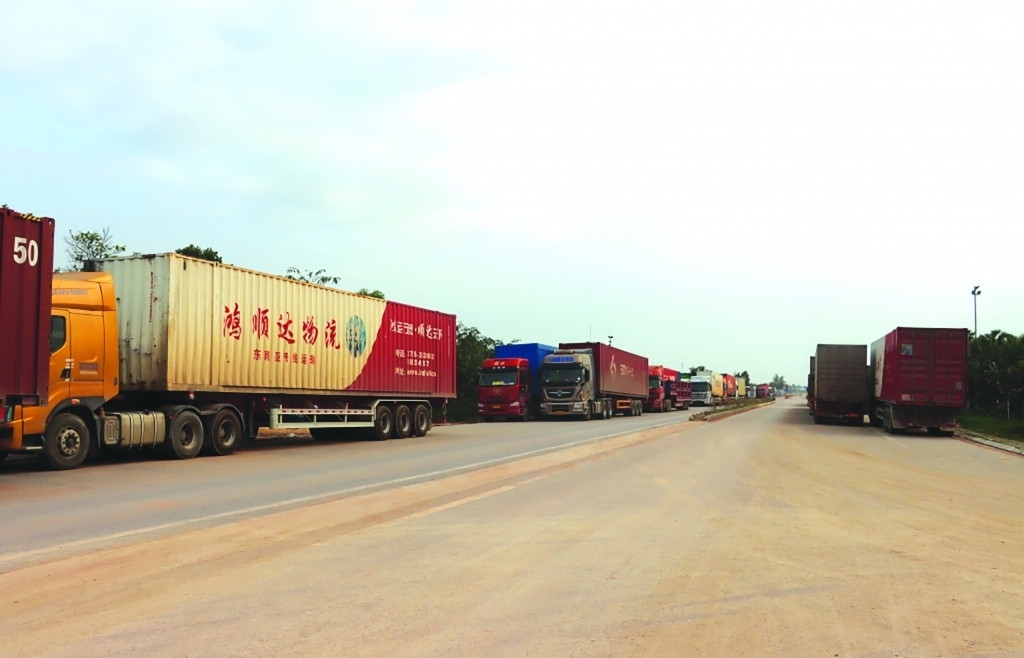
Import turnover increases by US$13.5 billion
09:30 | 08/05/2024 Import-Export
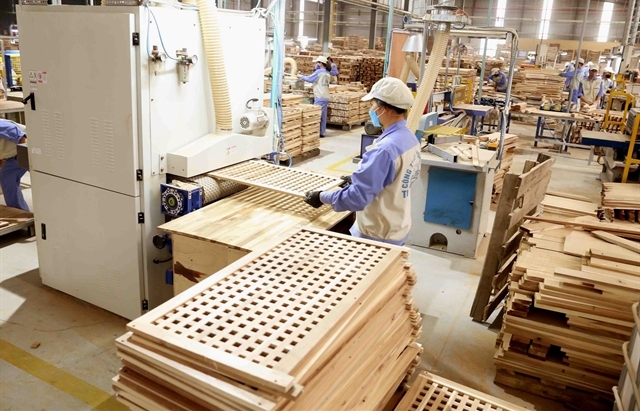
Green production, trade will help wood industry increase export: Viforest
14:30 | 07/05/2024 Import-Export
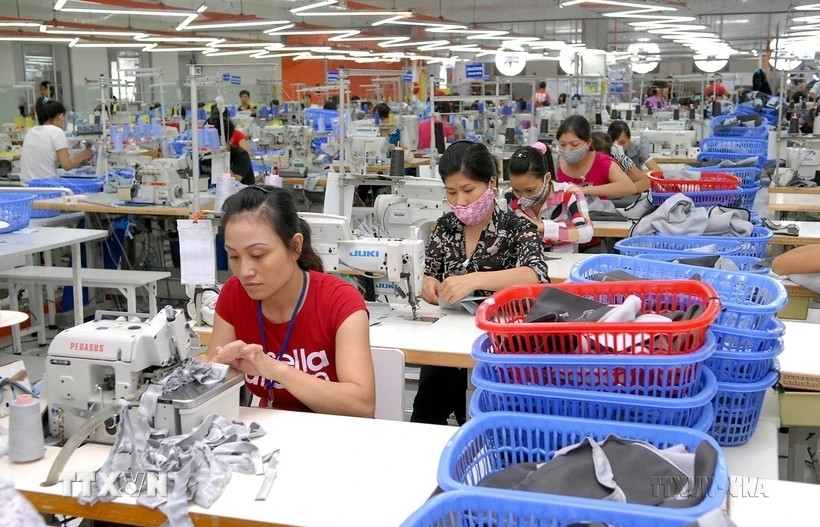
Hanoi attracts over 1.1 billion USD in FDI in four months
14:28 | 07/05/2024 Import-Export
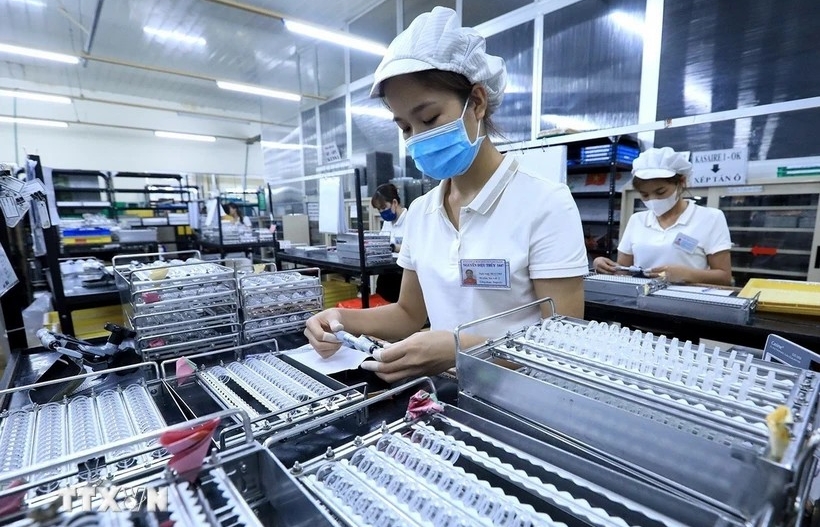
FDI flows strongly into manufacturing, real estate
14:26 | 07/05/2024 Import-Export
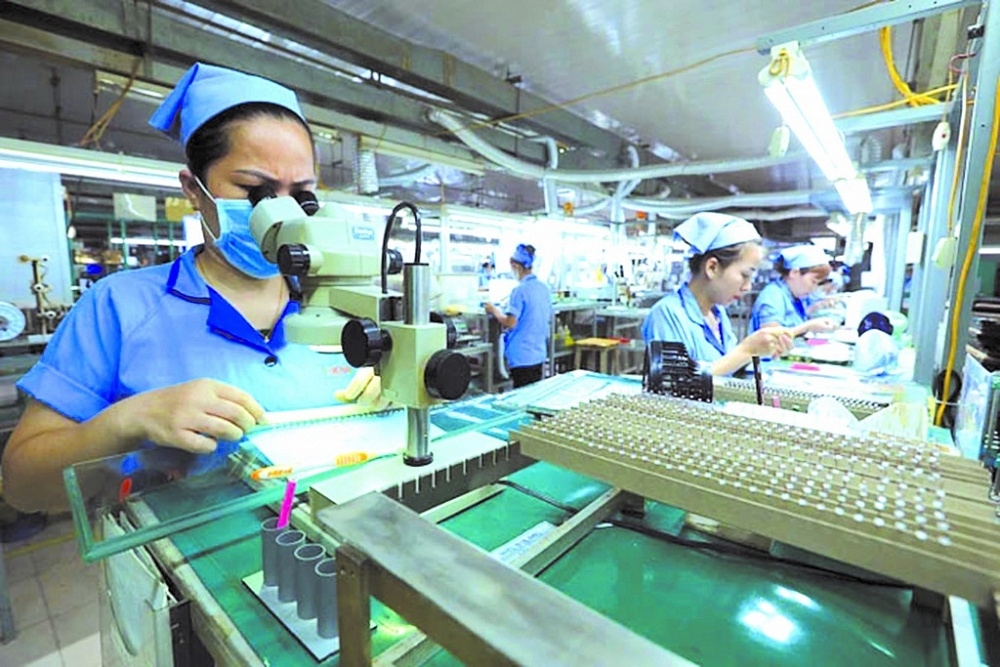
Maintaining recovery momentum amid uncertainties
09:09 | 07/05/2024 Import-Export

Make use of the most of favorable factors for economic growth
15:38 | 06/05/2024 Import-Export

Textile and garment businesses face difficulties due to lack of domestic supply
15:36 | 06/05/2024 Import-Export
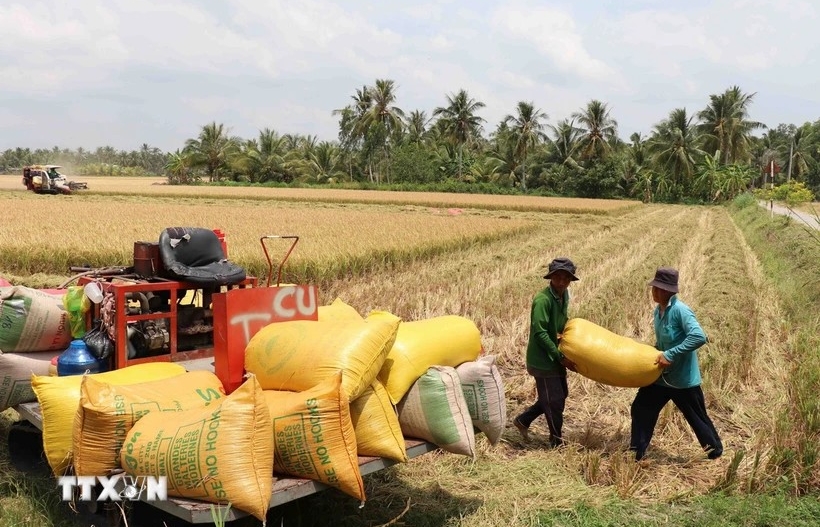
Vietnam leads in export rice prices globally
15:34 | 06/05/2024 Import-Export
Your care

An Giang Province to turn textile-garment, footwear into key export items
14:48 | 09/05/2024 Import-Export

“Hopeful stars" for businesses on the new journey
09:51 | 09/05/2024 Import-Export

Vietnam remains attractive destinations for Japanese IT firms
15:42 | 08/05/2024 Import-Export

Pepper exports decrease in volume, increase in value
15:38 | 08/05/2024 Import-Export

Open credit flow to support import and export
09:30 | 08/05/2024 Import-Export

